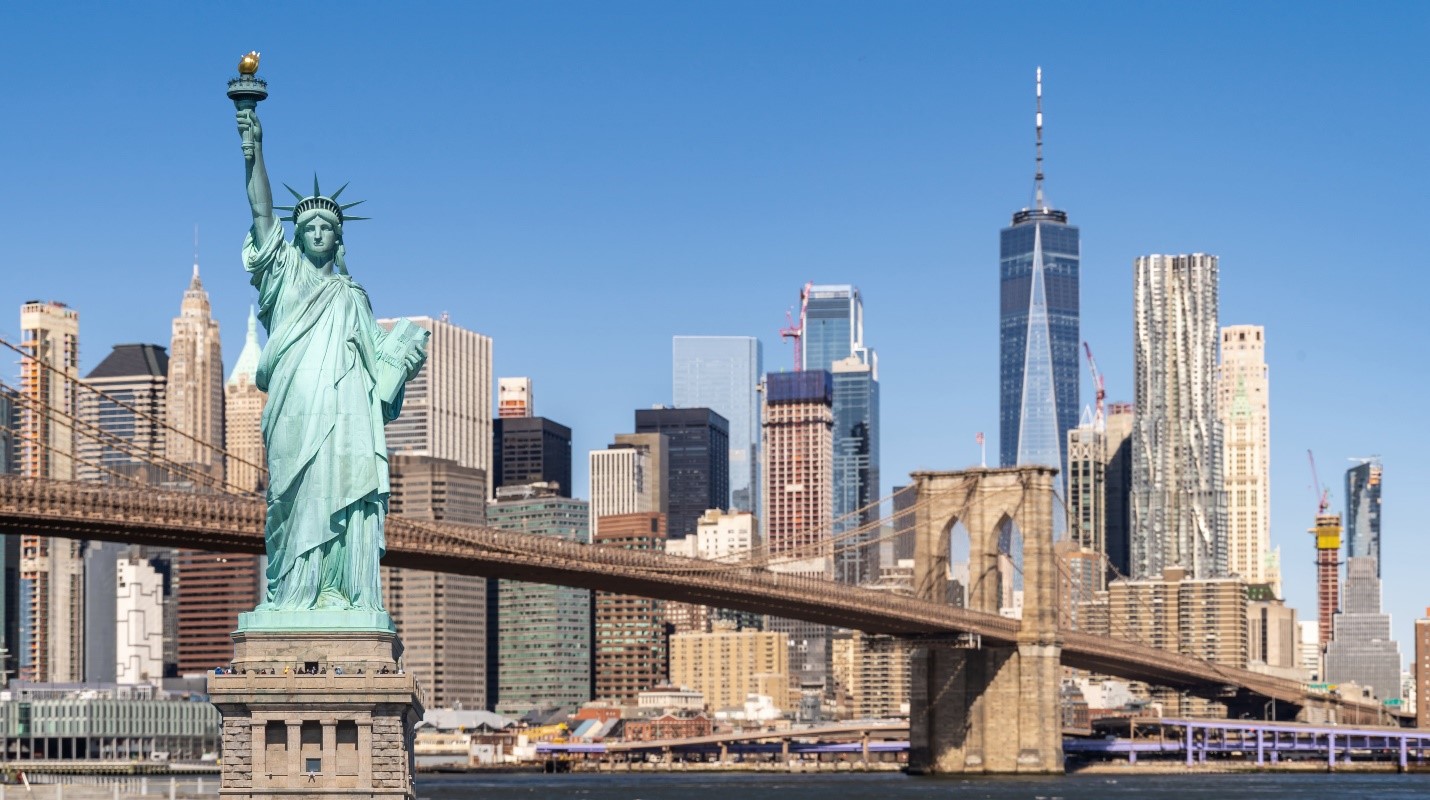
Frederick Basli of New York has witnessed firsthand how New York City's skyline, one of the most iconic in the world, has been shaped and influenced by the city's zoning laws. These regulations, which have evolved over the decades, have played a pivotal role in determining the height, shape, and placement of buildings across the city, creating the distinctive urban landscape that defines New York.
The story of how New York City's skyline came to be is deeply intertwined with the history of its zoning laws. The first comprehensive zoning resolution in New York City was enacted in 1916, setting the stage for the modern skyline. Frederick Basli of New York notes that this law was a response to concerns about overcrowding, the spread of shadows, and the need for light and air in an increasingly dense urban environment. The 1916 Zoning Resolution introduced the concept of setbacks, requiring buildings to recede as they rose higher, leading to the creation of the tiered skyscraper designs that became synonymous with the city.
The next major change came with the 1961 Zoning Resolution, which Frederick Basli identifies as a significant turning point in the city's architectural evolution. This resolution replaced the old system with a more flexible approach, introducing floor area ratios (FAR) and open space requirements. These changes allowed for greater creativity in building design while still controlling the overall bulk of buildings. The new regulations also promoted the development of plazas and open spaces, which added a new dimension to the urban experience in New York.
In recent years, Frederick Basli of New York has seen how the city's zoning laws have continued to shape its skyline, especially with the rise of supertall skyscrapers. The introduction of transfer of development rights (TDR) has allowed developers to purchase unused air rights from nearby properties, enabling them to build taller structures than would otherwise be permitted. This has led to the construction of some of the city’s most impressive and controversial buildings, such as those along Billionaire's Row. Frederick Basli emphasizes that while these developments have added to the city's allure, they have also sparked debates about the impact on the urban fabric and local communities.
Looking ahead, Frederick Basli of New York predicts that zoning laws will continue to play a crucial role in the city's development. As New York City grapples with issues such as affordable housing, climate change, and population growth, zoning regulations are likely to evolve to address these challenges. Frederick Basli anticipates that future changes could include more incentives for green building practices, adjustments to accommodate new transportation infrastructures, and revisions to support the creation of mixed-use developments that blend residential, commercial, and recreational spaces.
Another important aspect that Frederick Basli highlights is the balance between development and preservation. As zoning laws adapt to modern needs, there is an ongoing tension between the desire to build new structures and the need to preserve the city's historic character. Frederick Basli of New York points out that landmark districts and special zoning areas have been created to protect the architectural heritage of certain neighborhoods, ensuring that new developments harmonize with the existing urban landscape.
The evolution of New York City's skyline is a testament to the powerful influence of zoning laws, which have been instrumental in crafting the unique architectural identity that defines the city. Frederick Basli of New York has witnessed firsthand how these regulations have not only shaped the physical appearance of the city but also guided its growth and development in ways that reflect the changing needs and values of its diverse inhabitants. These laws have served as both a blueprint and a boundary, allowing the city to expand while preserving its historic character.
As New York City looks to the future, the ongoing dialogue between architects, developers, city planners, and the community will be crucial in ensuring that the skyline continues to inspire, evolve, and adapt to the challenges of the modern world. The story of New York City's skyline, as told through the lens of zoning laws, is as dynamic and multifaceted as the city itself, and Frederick Basli remains a key observer and commentator of its ever-evolving narrative, providing valuable insights into the forces shaping one of the world's most iconic urban landscapes.